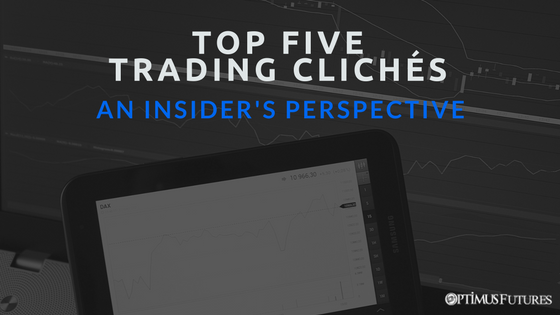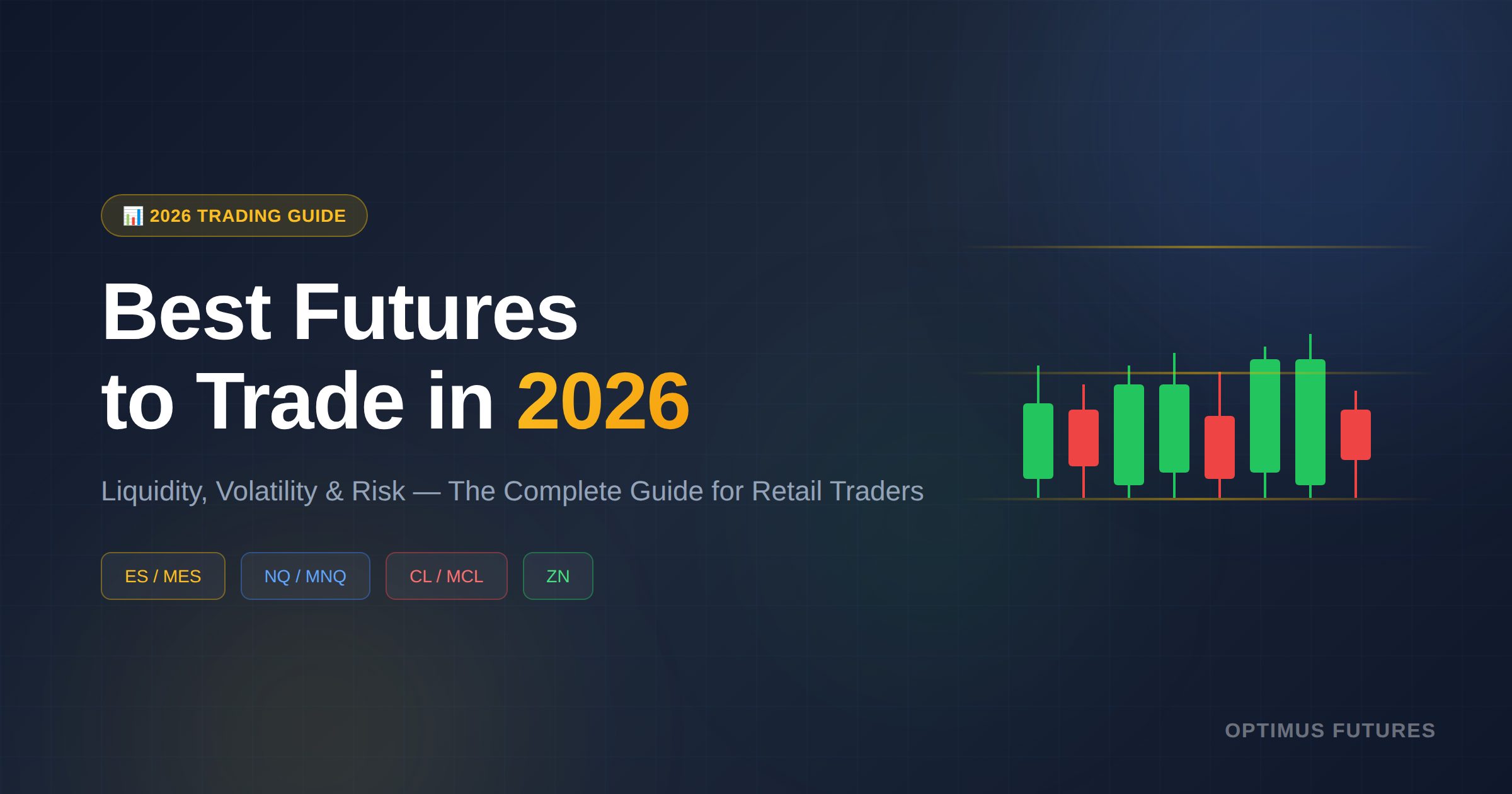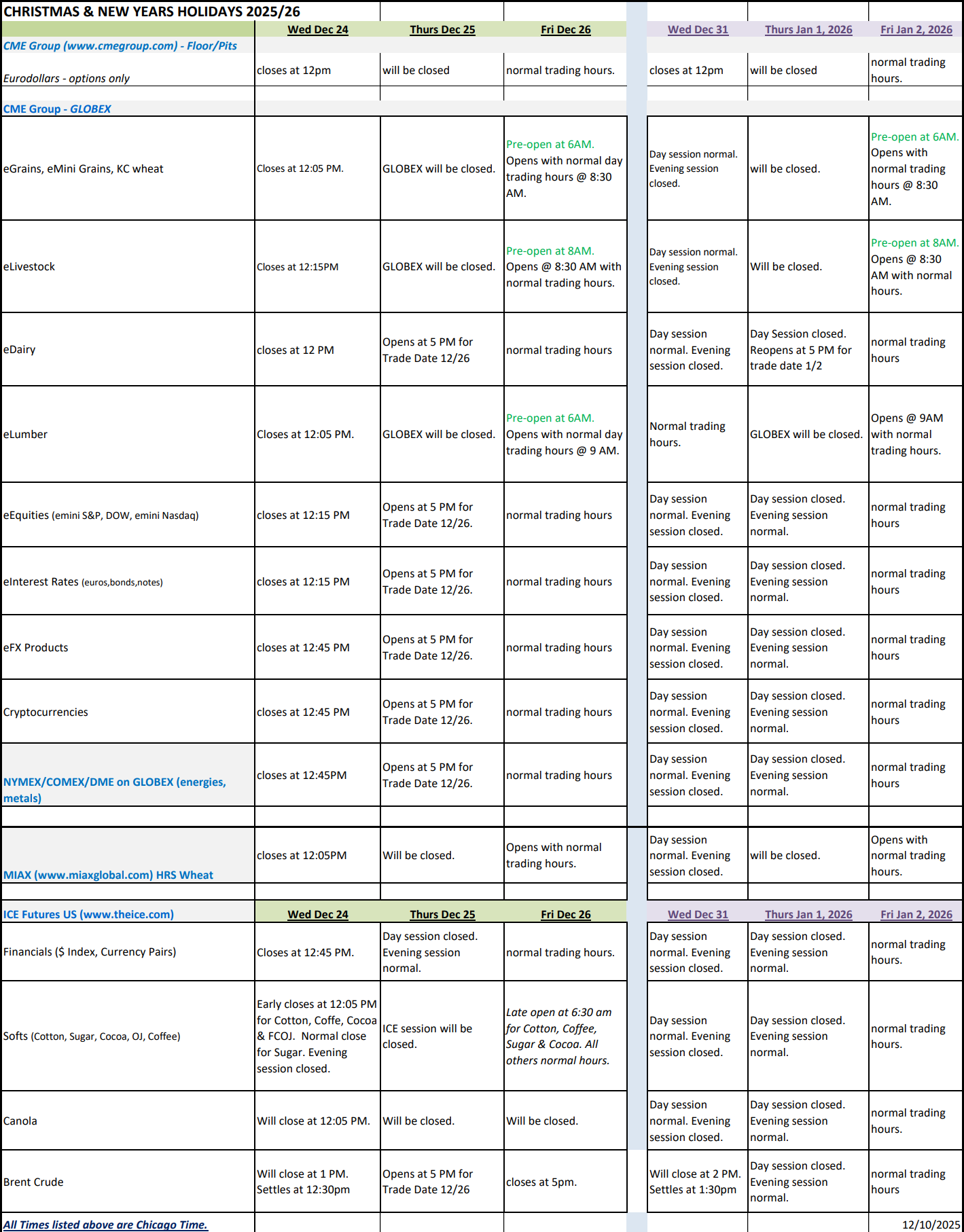Twenty years ago when I started trading, most of what I learned was built upon commonly used trading clichés from the so-called “Experts”. Articulate yet succinct, these clichés stuck with me and formed beliefs and perceptions about the market that were simply not true. The same clichés are still constantly being thrown around the trading education community and it pains me to see how religiously people follow and swear by them.
The truth is that most of these phrases are a result of sweeping statements and judgments. If you’ve been trading for a decent amount of time, you will likely relate to the fact that the markets are hardly ever a consistent shade of black or white, and are built upon paradigms of probabilities and possibilities.
In a world where people adore perfection and certainty, it is not hard to imagine why so many people struggle to trade successfully. And sweeping clichés coming from experts certainly add to the roadblocks. In this article, I will try to remove at least five of those.
The perspective below is addressed specifically to Futures traders. This is because we face the particular challenge of leverage where we need to be a lot more precise with exists and entries, and at times cannot adopt the so-called accepted “universal” trading terms in the same fashion that other underlying asset traders are able to accept, especially those who trade without leverage.
Don’t Fight the Trend!
This one’s a notorious favorite! It likely stems from statistical observations that stacking your bets in favor of the trend leads to a higher probability of a winning trade. Notice we chose the keywords “a higher probability of a winning trade”! Again we are talking about possibilities and not guarantees. Yet notice the actual accepted phrase displayed in the subheading making a sweeping judgment.
One of the most effective skills you need to master as a trader is the ability to adjust to the varying market conditions. If you always want to trade with the trend, what do you do when the markets go sideways while the market is in a trend? What effect would that have on your trading psychology and strategy?
In reality, the markets don’t always trend, and in fact, spends more time going sideways than within a dominant bull or bear trend. For strict trend traders, these situations can be frustrating. You are way better off trying to understand the market dynamics beyond just the simple broad dominant long-term trends.
Bulls Make Money, Bears Make Money, Pigs get Slaughtered
Not sure how long this phrase has been circulating around the trading community. It does kind of hit the point with the greedy pig symbolizing overly aggressive traders running after every tick the market moves.
My concern with this phrase is that while it highlights the negative trading attitude of the overly aggressive trader, it quietly absolves the buyers and the sellers i.e the bulls and the bears. If you make the wrong move the market does not care if you’re a pig or a bull or a bear. You will get slaughtered just as inhumanely!
In a bull market, buyers will often feel more confident. This confidence can be dangerous and may easily lead to over-trading or shooting for lower quality trades. Hence the bull, absolved by this partial phrase, can be slaughtered just as hard! The same goes for sellers. A downward trending market can be a safe haven for sellers per se, but depending on the strength of the trend itself, it’s never a real walk in the park for sellers either, because even in a down trending market, there are large spikes that may shake your confidence.
Cut Your Losses Short, Let Your Winners Run
Over the years I have seen countless people fret about this! I am no guru and you may take my words with a pinch of salt but I think more strategies have been messed up with this ideology than anything else. In the Utopic world, yes you want to bail out of losing trades as early as possible and let your winners pile up the cash for you. If only trading was this simple though!
Simplification is good. Oversimplification is not! This phrase clearly oversimplifies the fundamentals of successful trading. Done without reason, you could be pulling your hair out for bailing out of trades inappropriately and untimely. I find it ironic that a phrase aimed at trying to keep you away from being emotional and jumping guns on the exit, well….makes you do just that!
In my opinion, the real deal to proving this phrase is planning! If you plan ahead of the trade for all the possible contingencies, you could possibly be in a better position to let your winners run and cut your losses short. Knowing and managing your expectations before and during the trade is critical to keep your emotions out and allowing you to maximize the profit potential.
Don’t Add Money to Losing Positions
This is probably one exception that I feel everyone is right about. Simply put, the art of adding money to declining positions or shorting against new market highs to aid in recovery is a highly skillful task BUT best left to the experienced pros. This is because they know the difference between scaling into a position instead of adding emotionally in the attempts to recover accumulating losses.
Only an experienced trader has the wit to know if the decision to put more money into a position stems out of a genuine possibility of a reversal driven by market forces, or if it’s a blatant emotional response to quickly make up for an embarrassing loss. That experience, of course, comes with time and practice.
The News Doesn’t Matter, It’s All on the Charts
No, it’s not all on the charts. The Brexit warning wasn’t on the charts and neither was Trump’s election victory. While the markets do sometimes anticipate fundamental developments, making a sweeping statement generalizing the phenomena is utterly careless. Even scheduled news announcements like non-farm payrolls will not always be reflected well in advance on the charts for the trader to brace their live trades. Obviously, for shorter-term traders looking to benefit from smaller price movements, this is an even more dangerous phrase to believe religiously.
Even as a strictly technical trader, I think the ability to react to surprise news reports is essential. Traders have to decipher within seconds whether the markets are overreacting or developing a sustainable new trend following the news announcement. This is a tough thing to do, and the risk management that accompanies such fast decision making is also a matter of many years of experience.
There is a substantial risk of loss in futures trading. Past performance is not indicative of future results.
Matt Zimberg
CEO
Optimus Futures




